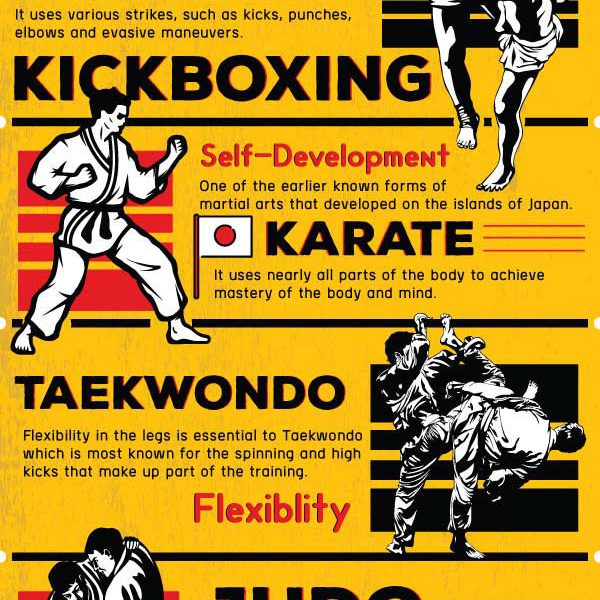Adaptability Is Vital In Martial Arts Education
Adaptability Is Vital In Martial Arts Education
Blog Article
Short Article By-Lamont Martinez
Did you know that flexibility plays a vital function in martial arts training?
In fact, a research study performed by the International Journal of Sports Physical Treatment revealed that over 80% of martial musicians struggle with restricted flexibility.
However why is adaptability so important? Well, it not just improves your efficiency and strategy however also decreases the risk of injuries.
So, if https://olympics.com/en/news/what-is-wushu-chinese-martial-arts-south-east-asian-games-sport wanting to take your fighting styles skills to the next degree and remain injury-free, you'll definitely wish to maintain analysis.
Benefits of Versatility in Fighting Style
Flexibility in fighting styles brings countless benefits to practitioners, permitting you to boost your efficiency and minimize the danger of injury. By improving your versatility, you enhance your variety of activity, allowing you to execute strategies with higher accuracy and performance.
This boosted dexterity and fluidness in your movements can give you a competitive edge, allowing you to respond quicker and adapt to various situations during competing or competitors. In addition, enhanced adaptability assists to avoid injuries by improving muscle elasticity and joint flexibility.
It enables your body to move more freely, decreasing the pressure on your muscles and ligaments. https://bestmartialartsforchildre34433.thenerdsblog.com/38184796/encouraging-young-warriors-the-effect-of-fighting-style-on-bullying-and-personal-safety-and-security , in turn, lessens the possibilities of sprains, strains, and muscle pulls. By integrating flexibility training into your martial arts technique, you not just boost your performance but likewise guard your physical well-being.
Strategies to Boost Adaptability
To enhance your flexibility in fighting styles, you can incorporate different stretching workouts right into your training routine.
One reliable technique is vibrant stretching, which includes moving with a complete range of movement to heat up your muscular tissues and boost adaptability. Examples consist of leg swings, arm circles, and trunk rotations.
One more strategy is fixed stretching, where you hold a go for a continual amount of time. This aids lengthen and relax your muscles, improving flexibility in time. Typical fixed stretches for fighting styles consist of the butterfly stretch, hamstring stretch, and shoulder stretch.
Additionally, incorporating yoga or Pilates right into your training can likewise substantially boost your adaptability.
Remember to constantly heat up before extending and listen to your body to avoid injury.
Flexibility Educating for All Ability Degrees
As you advance in your fighting styles training, improving your flexibility comes to be vital for enhancing your overall efficiency. Versatility training isn't only advantageous for innovative experts however also for beginners and intermediate students.
Despite your skill degree, incorporating versatility exercises right into your training routine will certainly assist you create a variety of movement, stop injuries, and improve your strategy execution.
For beginners, versatility training can help enhance your form and pose, allowing you to carry out activities properly and efficiently. Intermediate specialists can use versatility training to further increase their range of motion and improve their fluidness in implementing complex strategies. Advanced pupils can benefit from flexibility training by maintaining and fine-tuning their existing adaptability, enabling them to do innovative relocations easily.
Verdict
Finally, embracing adaptability in your fighting styles training is paramount. By incorporating techniques to improve adaptability, you can boost your efficiency and protect against injuries.
Keep in mind, 'An adaptable body is a resistant body.' So, maintain pushing your limitations, stretching consistently, and profit of a supple and agile figure.
